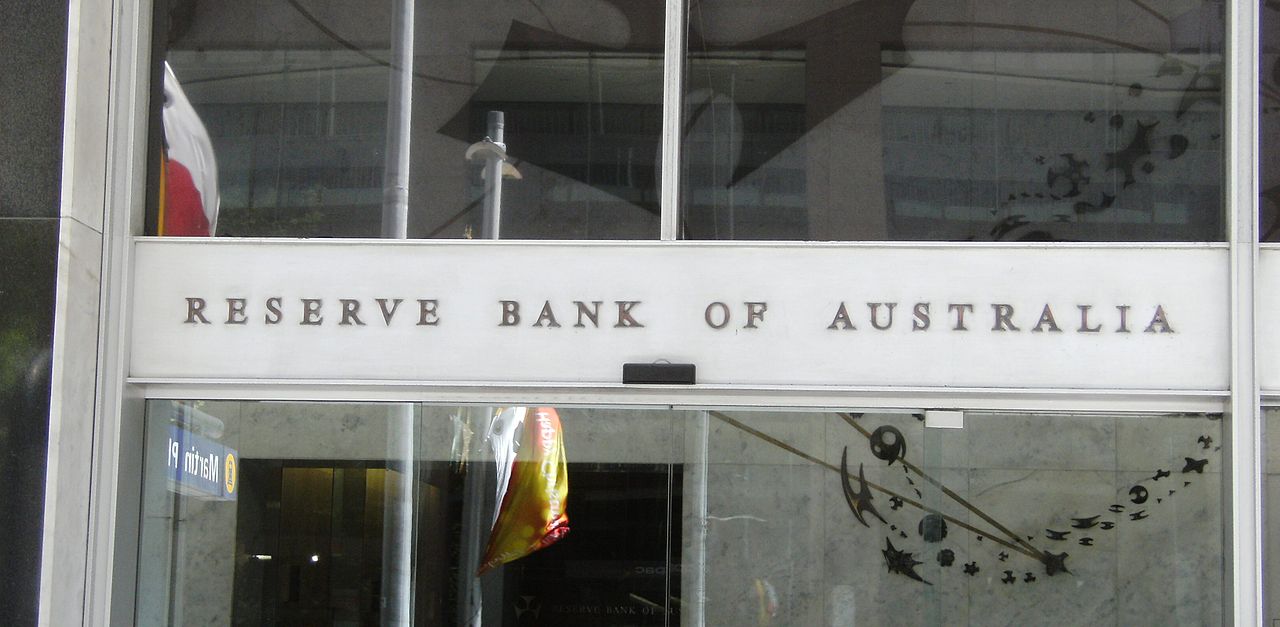The Reserve Bank of Australia (RBA) left its monetary policy unchanged this morning, but changed the rules for some collateral to assist with financing conditions on the capital markets. In its main scenario the RBA expects a collapse of GDP by 10% in the first half of this year, for 2020 as a whole a fall by 6%. In 2021 GDP is likely to rise by 6%.
According to the RBA the unemployment rate will rise to above 10% over the coming months and will still stand at 7% at the end of next year. Inflation will fall below 2% and in 2021 is likely to remain at only 1-1.5%, before beginning to rise slowly. The RBA reconfirmed that it was committed to do what it can to support jobs, incomes and businesses. It renewed its forward guidance of not increasing the cash rate until progress is being made towards full employment and it is confident that inflation will move sustainably towards its target. In other words: monetary policy in Australia will remain expansionary.
However, as that does not distinguish it from that of other central banks the AUD remains at the mercy of external factors - above all risk aversion. As market sentiment is unlikely to lift considerably in view of disastrous fundamental data, AUD is unlikely to record significant gains over the foreseeable future.
Persistent nervousness around the global risk backdrop so distinctly visible in AUD risk-reversals is nowhere to be seen at the long-end of the vol curve in AUDJPY, the bellwether risk-sensitive cross in G10 FX. A surprising – and rare – RV set-up in option markets today is that 1Y1Y forward volatility in AUDJPY is marked marginally under 1Y1Y AUDUSD forward vol on mids. Because AUDJPY spot on average moves almost at par with AUDUSD on normal days but by as much 1.3x – 1.4x in high vol periods, no AUDJPY vol variable ought to be priced at par with or at a discount to the corresponding AUDUSD vol quantity, particularly in longer tenors that are less subject to high-frequency flow distortions common in shorter expiries. But such are conditions today, caused by spot moves that have
delivered market making option books longer of AUDJPY vega on previously traded Uridashi structures and in need of selling vol to flatten Greek profiles.
We have no visibility on the degree of vega imbalance that still exists on option books and therefore the longevity of the ongoing AUDJPY vol softness; all one can say with some assurance is that the vol spread has historically been positively convex w.r.t. to overall risk conditions, and that odds of negative returns from buying the spread at current market are fairly slim judging from available history. In practice, current liquidity conditions do not permit acceptable pricing on the FVA product that is the cleanest expression of fading this dislocation; investors need to be content with the muddier expression via 2Y vanilla ATM straddles that incur more realistic bid-offers.
Trade tips: Buy AUDJPY vs AUDUSD 2Y ATM straddle spread @ 0.15/1.15 vol indicatively (mid 0.75v) Spot reference: AUDJPY – 68.729, AUDUSD – 0.6440 levels. Courtesy: JPM & Commerzbank



 US Futures Rise as Investors Eye Earnings, Inflation Data, and Wildfire Impacts
US Futures Rise as Investors Eye Earnings, Inflation Data, and Wildfire Impacts  BOJ Signals Imminent Interest Rate Hike Amid Strengthening Economic Conditions
BOJ Signals Imminent Interest Rate Hike Amid Strengthening Economic Conditions  Trump’s "Shock and Awe" Agenda: Executive Orders from Day One
Trump’s "Shock and Awe" Agenda: Executive Orders from Day One  Japan’s Inflation Edges Higher in October as BOJ Faces Growing Pressure to Hike Rates
Japan’s Inflation Edges Higher in October as BOJ Faces Growing Pressure to Hike Rates  UK Raises Deposit Protection Limit to £120,000 to Strengthen Saver Confidence
UK Raises Deposit Protection Limit to £120,000 to Strengthen Saver Confidence  RBA Signals Possible Rate Implications as Inflation Proves More Persistent
RBA Signals Possible Rate Implications as Inflation Proves More Persistent  US Gas Market Poised for Supercycle: Bernstein Analysts
US Gas Market Poised for Supercycle: Bernstein Analysts  U.S. Stocks vs. Bonds: Are Diverging Valuations Signaling a Shift?
U.S. Stocks vs. Bonds: Are Diverging Valuations Signaling a Shift?  Fed Rate Cut Odds Rise as December Decision Looks Increasingly Divided
Fed Rate Cut Odds Rise as December Decision Looks Increasingly Divided  China's Refining Industry Faces Major Shakeup Amid Challenges
China's Refining Industry Faces Major Shakeup Amid Challenges  RBA Minutes Signal Growing Caution on Future Rate Cuts Amid Persistent Inflation
RBA Minutes Signal Growing Caution on Future Rate Cuts Amid Persistent Inflation  New RBNZ Governor Anna Breman Aims to Restore Stability After Tumultuous Years
New RBNZ Governor Anna Breman Aims to Restore Stability After Tumultuous Years  Fed Officials Split as Powell Weighs December Interest Rate Cut
Fed Officials Split as Powell Weighs December Interest Rate Cut  Fed May Resume Rate Hikes: BofA Analysts Outline Key Scenarios
Fed May Resume Rate Hikes: BofA Analysts Outline Key Scenarios 































